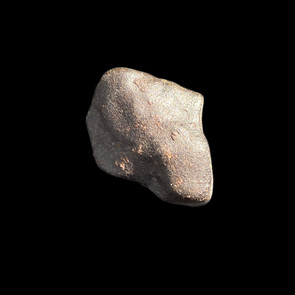Description
Stony meteorites are comprised of three primary minerals, Olivines, Pyroxenes, and Nickel-Iron Minerals. Olivine and pyroxenes are the most abundant minerals in stony meteorites. Between the three major minerals that make up the common stony meteorites, Olivine usually takes up 40 to 50%. Pyroxenes make up about 15 to 25%, and third, nickel-iron metal with about 3-23% by weight. The remaining minerals are commonly referred to as accessory minerals, and they only make up about 10-15% of the total weight. Stony Meteorites are broken up in two major classes, Chondrites, and achondrites. Chondrites can be further subdivided into four categories: Ordinary chondrites, Carbonaceous chondrites,R-Chondrites, and E-Chondrites. These four categories can be further subdivided, but we will skip that to keep things simple. Achondrites, which consist of stony-irons, and irons were formed by melting, either on or deep within a planetary parent body.
Achondrites include asteroidal chondrites, and Martian rocks.
One of the most prominent characteristics of stony meteorites is, "Fusion crust" this crust, usually black, forms as a result of friction and ablation caused by the intense cosmic velocity, which these meteorites experience during passage through Earth's atmosphere. Another interesting characteristic is, "Chondules" which are small spherical inclusions. The texture is cosmic, because their presence is absent in terrestrial rocks. The average chondule measures a millimeter in diameter. Most of our stony meteorites are found in the Sahara desert in Morocco, and along the Algerian border.
This is a great stony meteorite, featuring lots of fusion crust and great detail.
Dimensions: 1.9" L x 1.4" W
Provenance: Sahara desert, Algeria
Weight: 52 grams
Type: Actual Specimen









